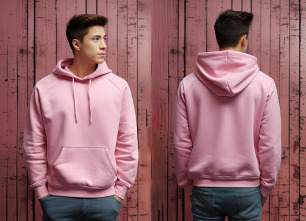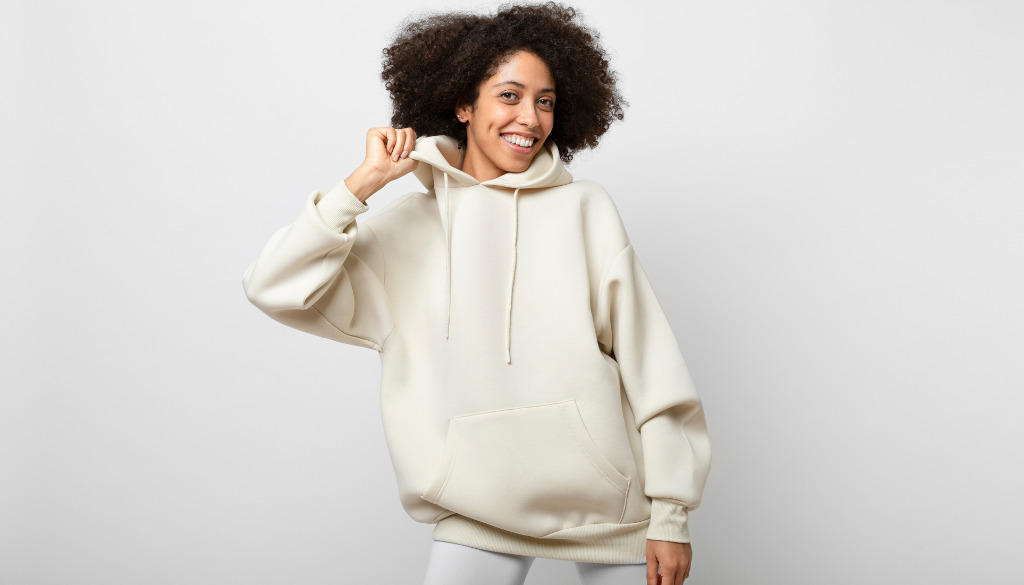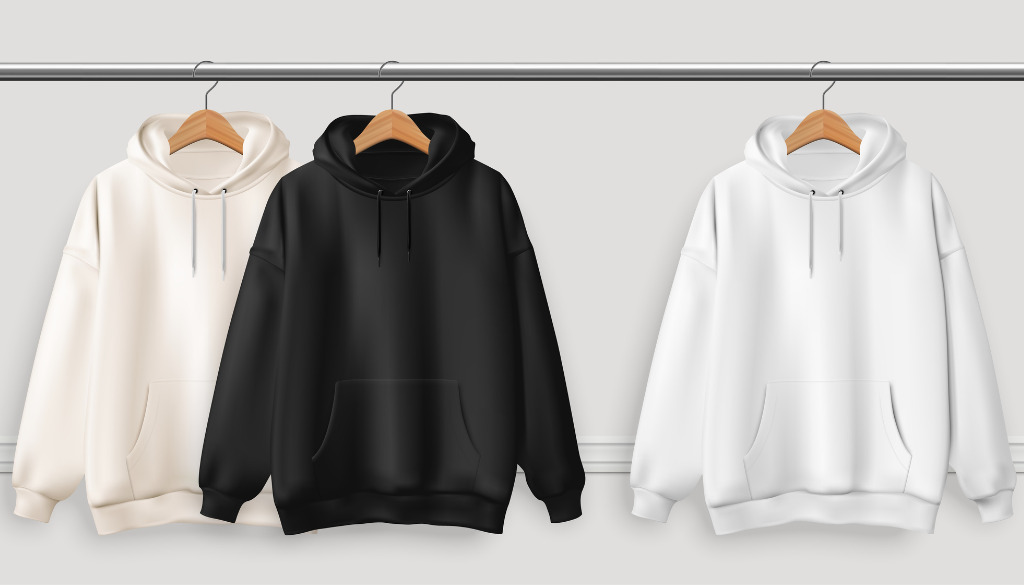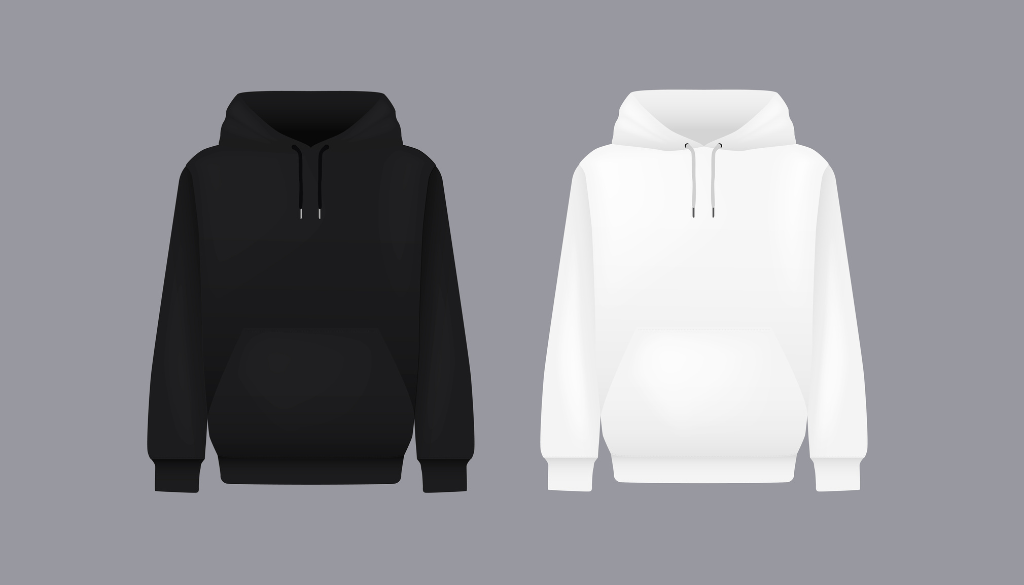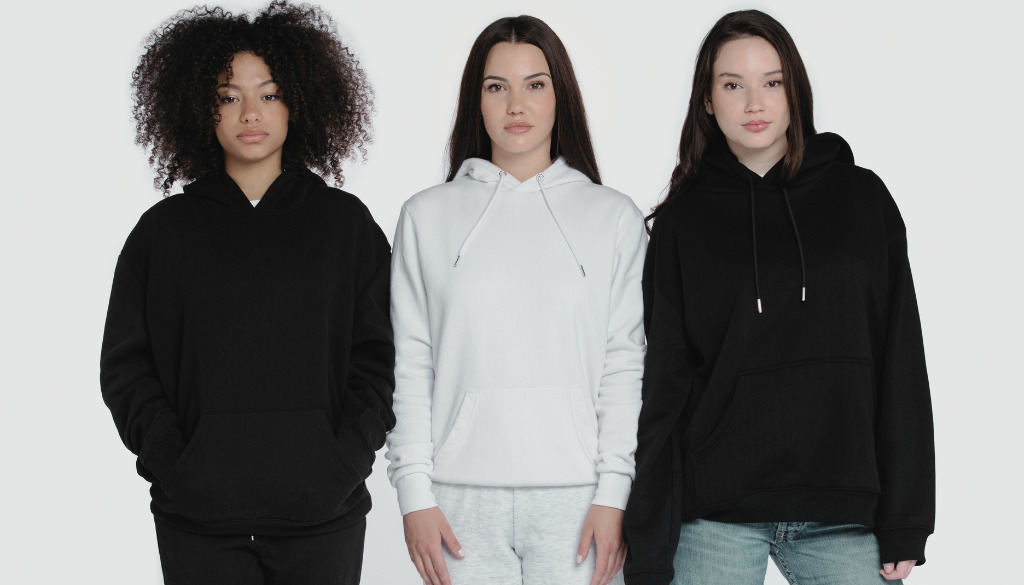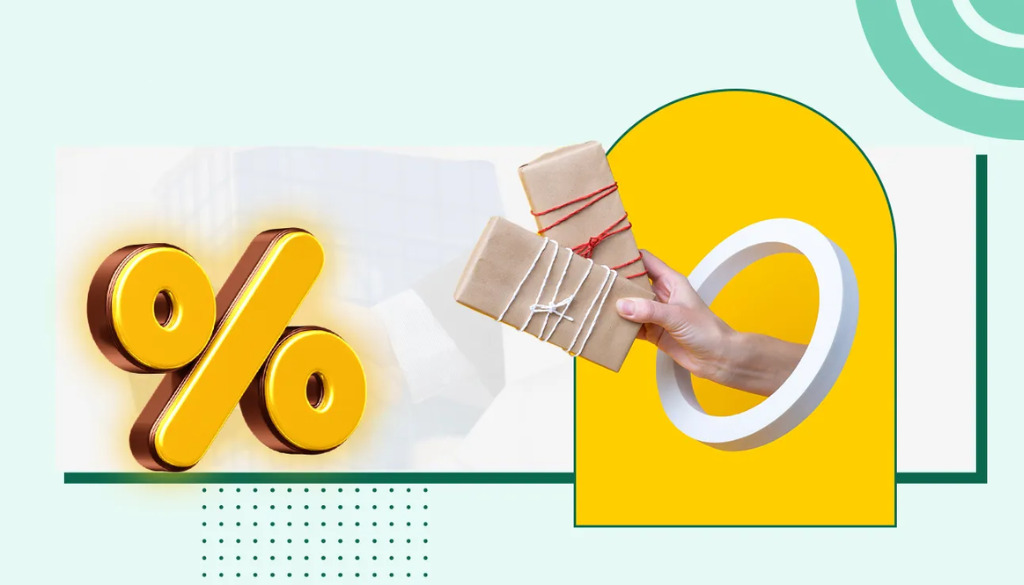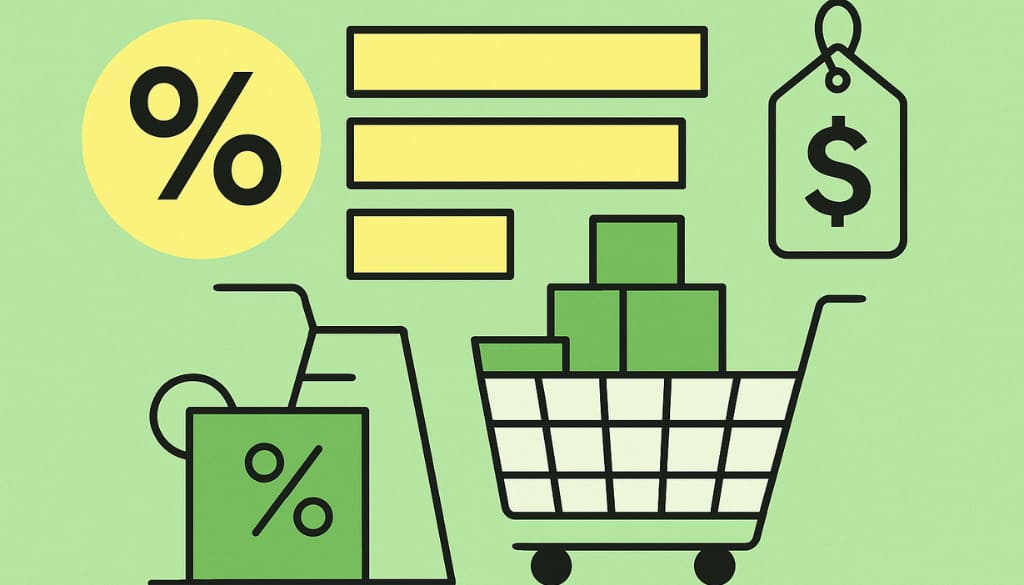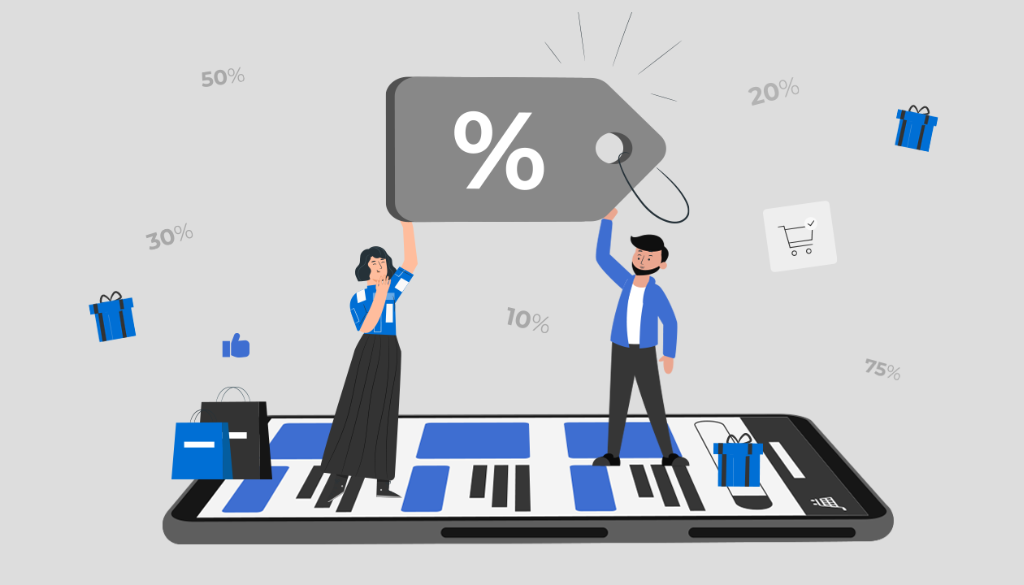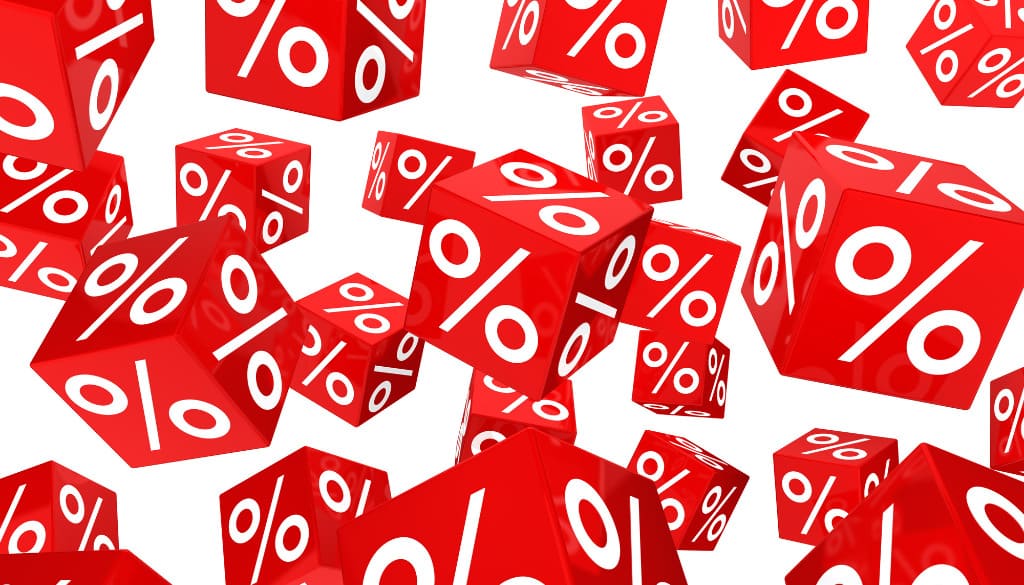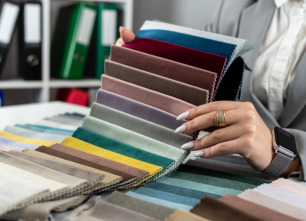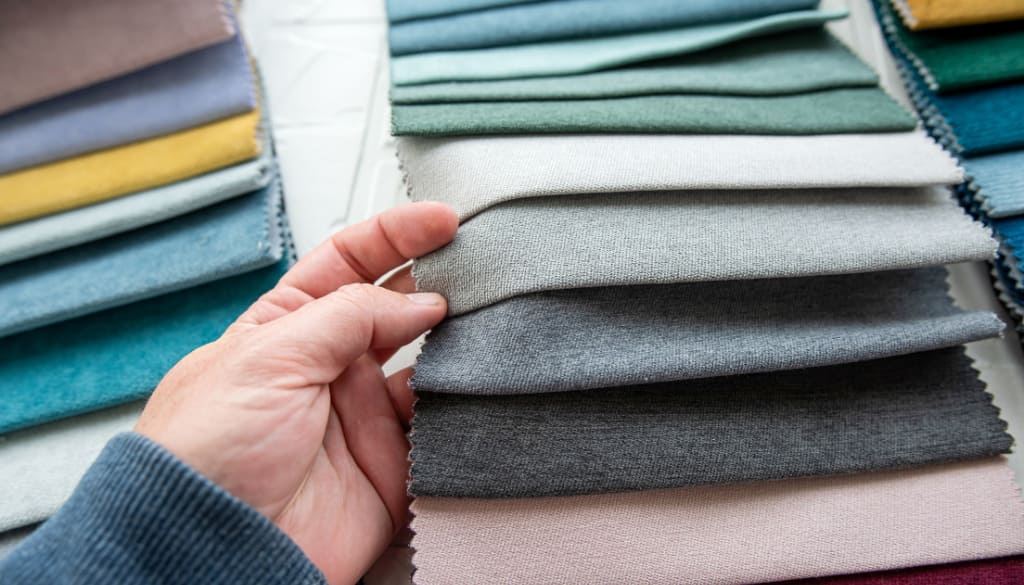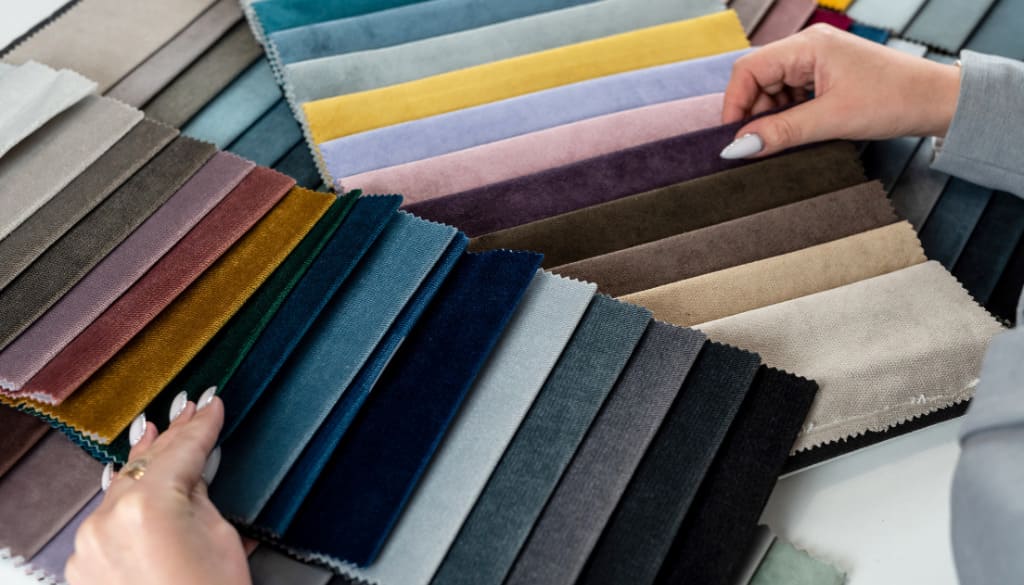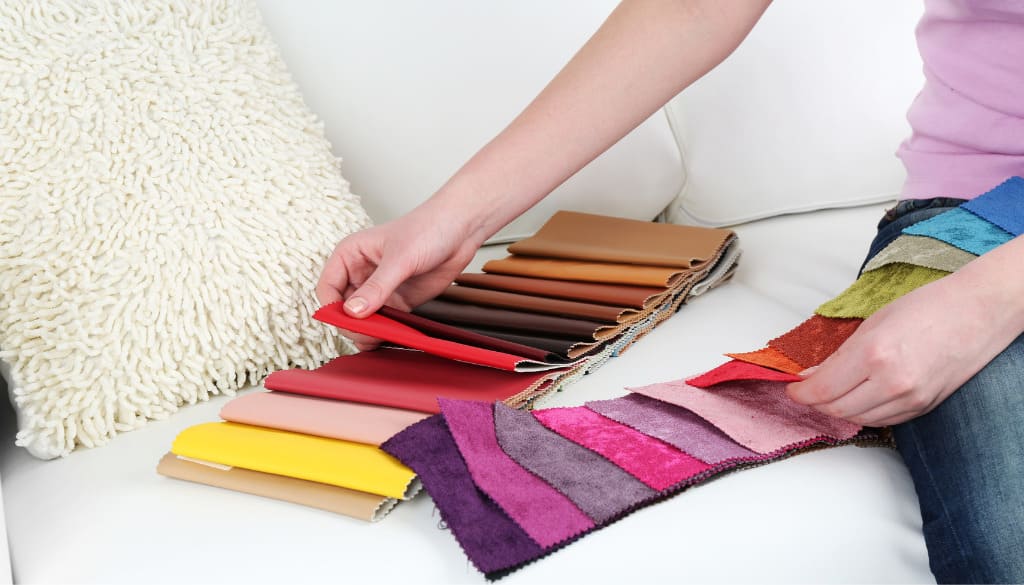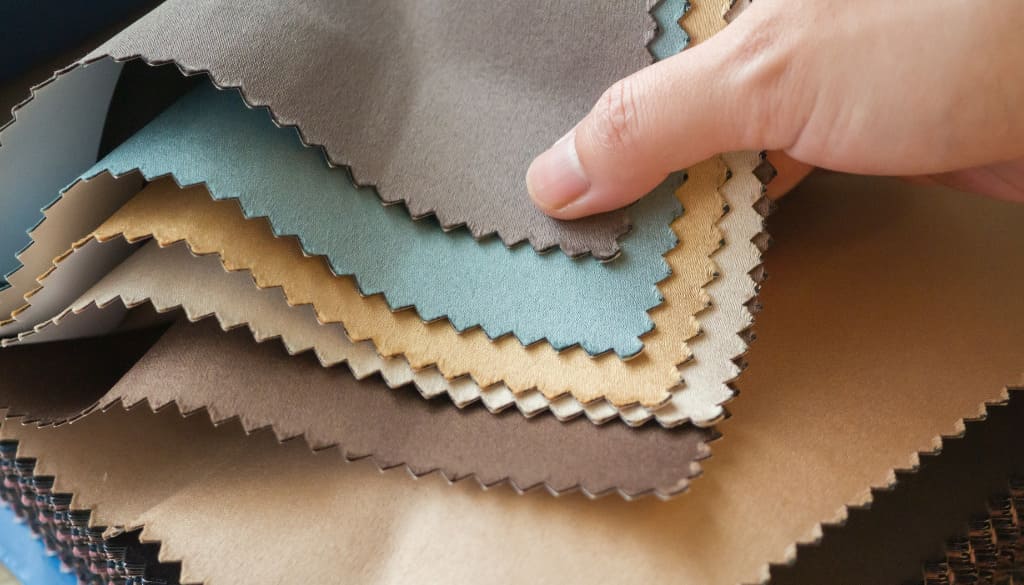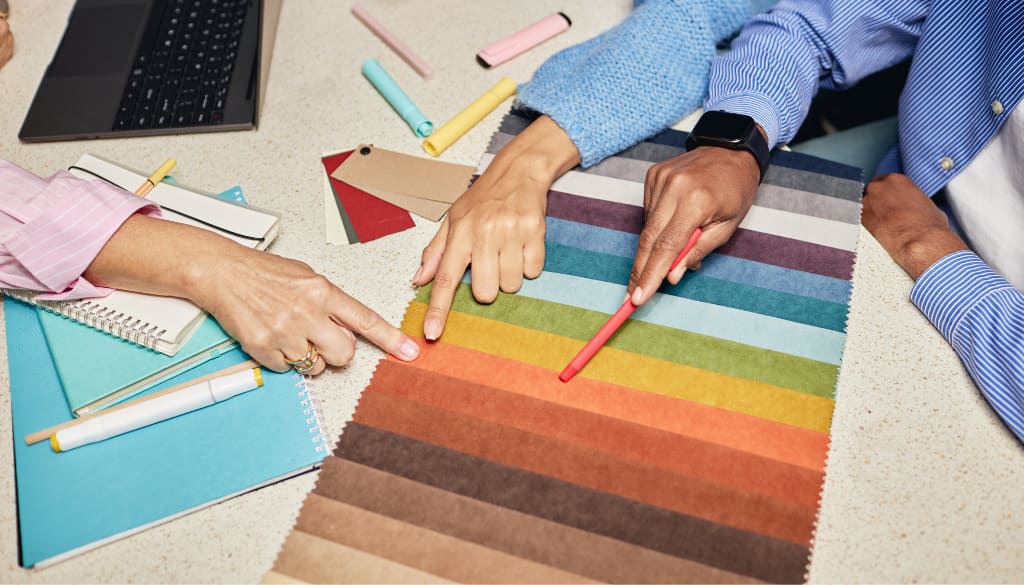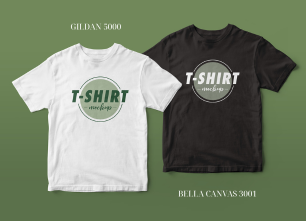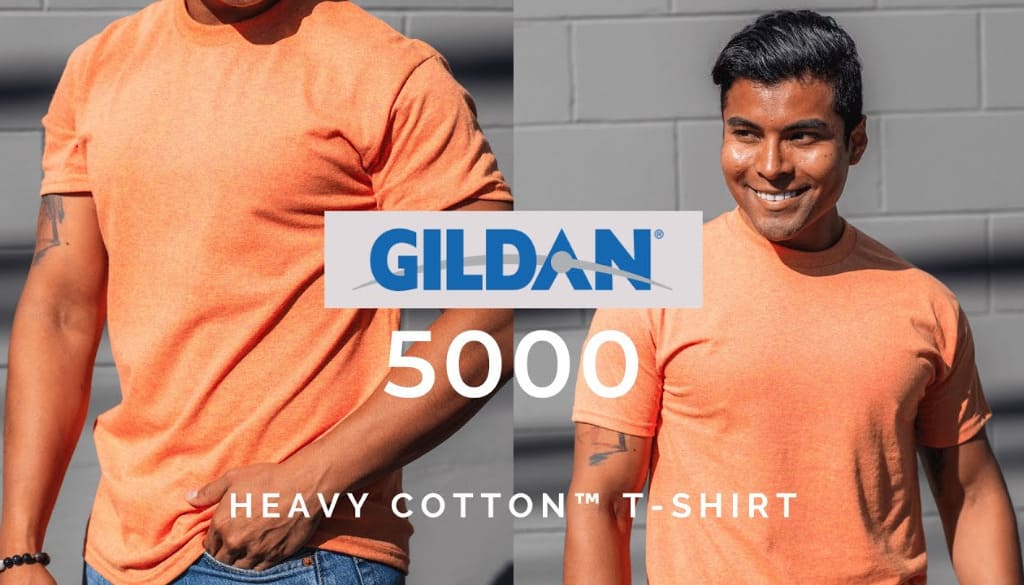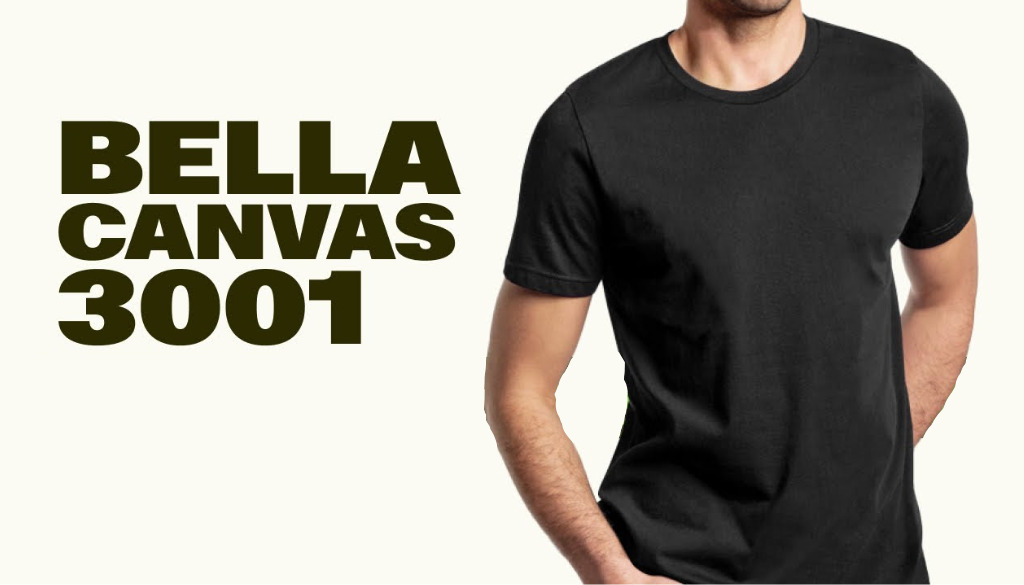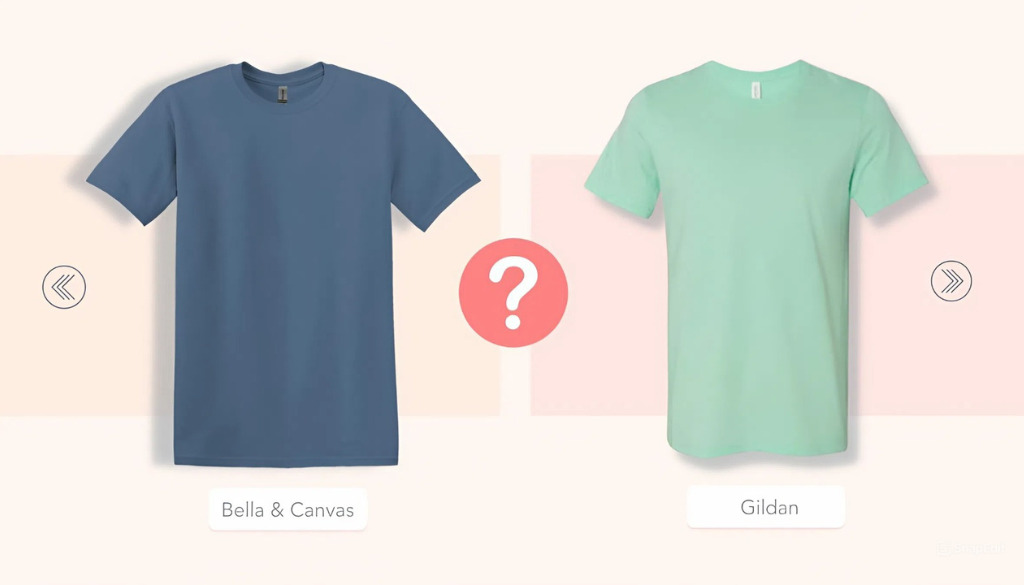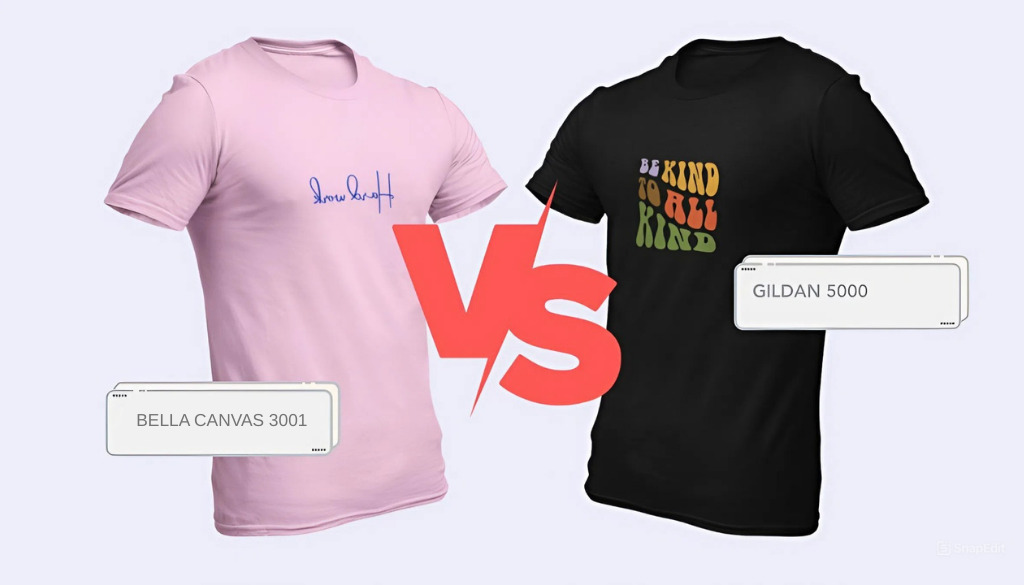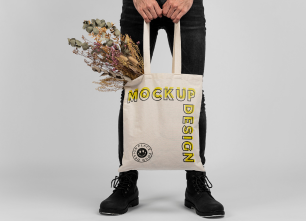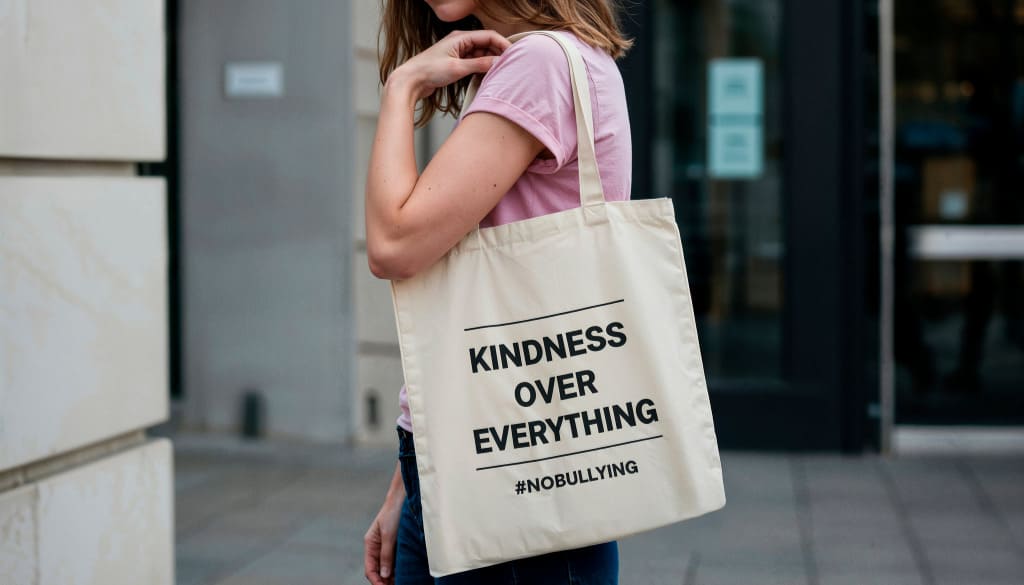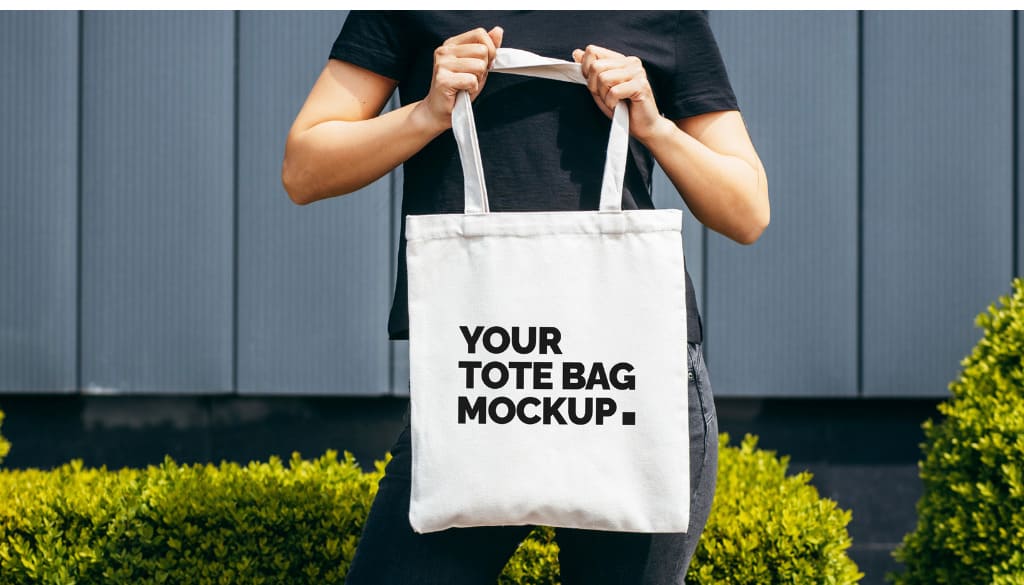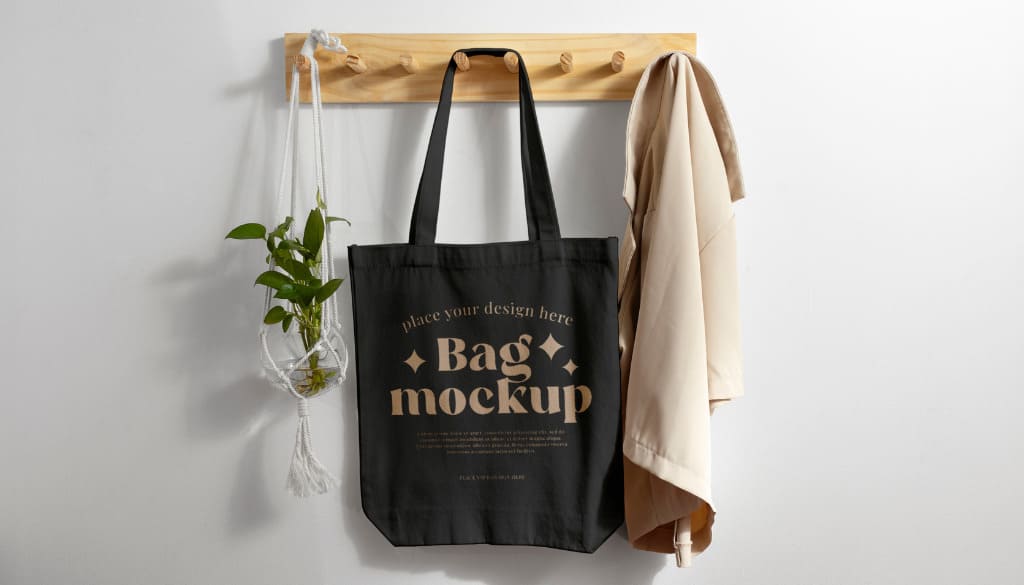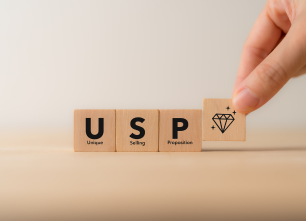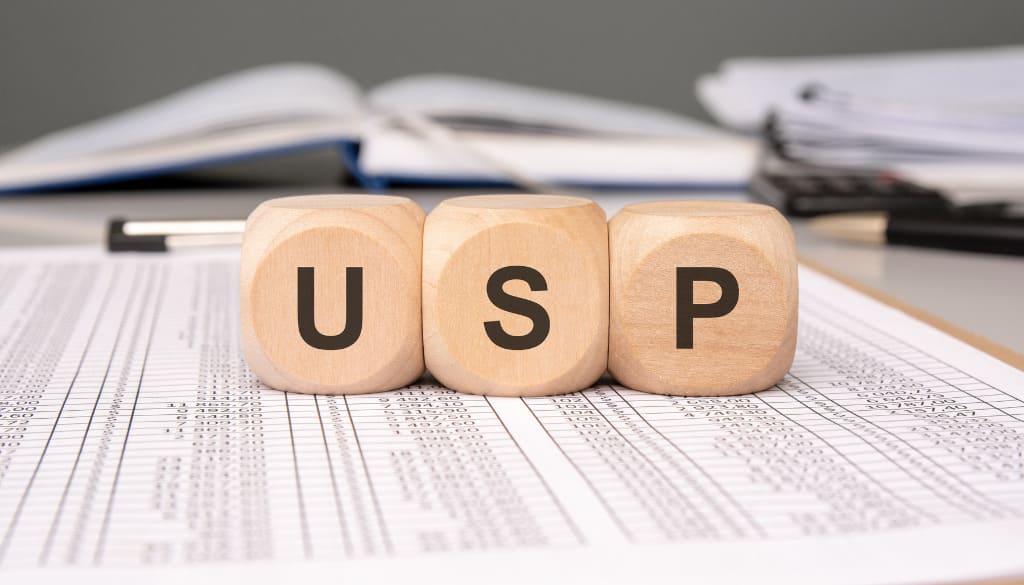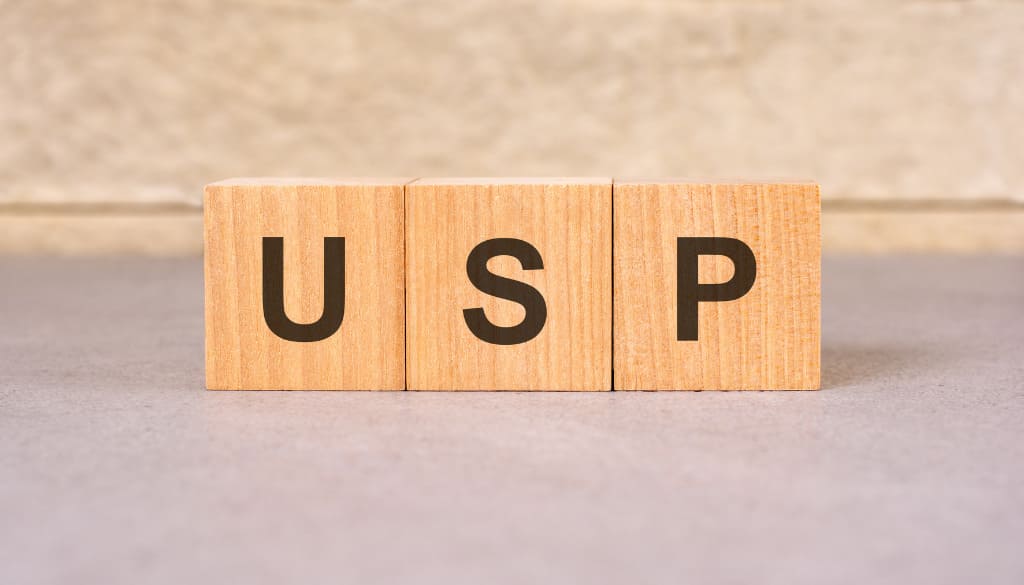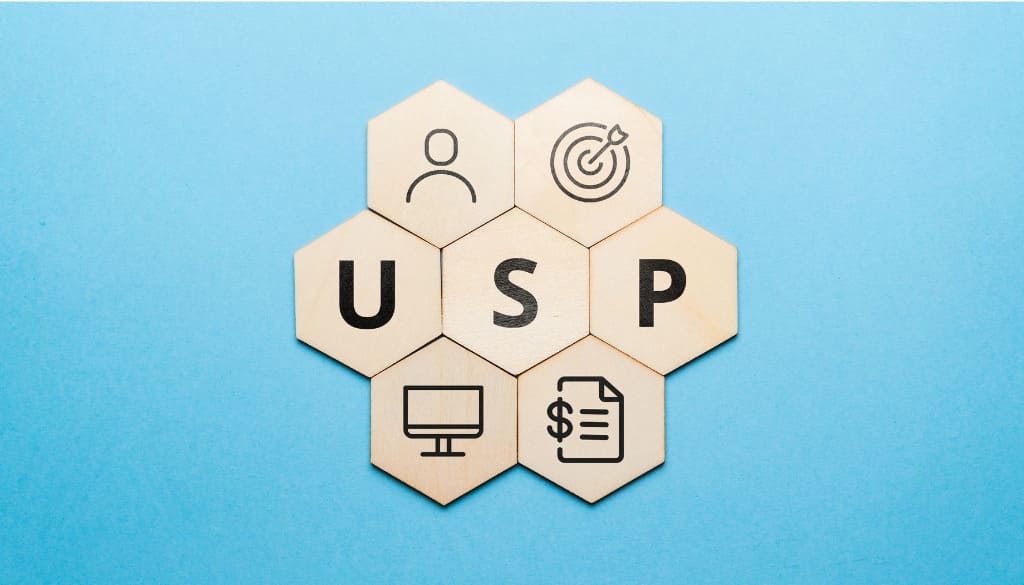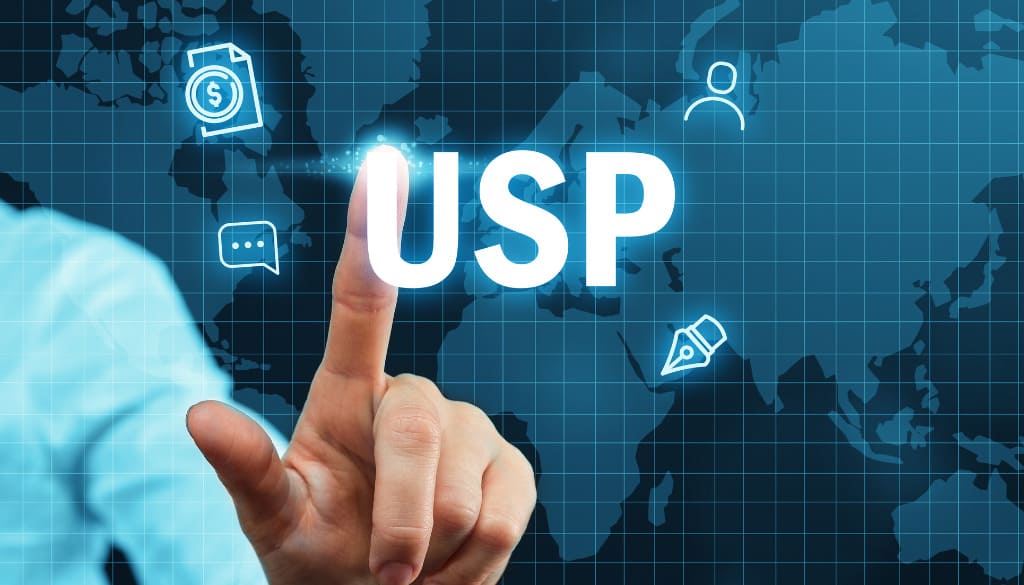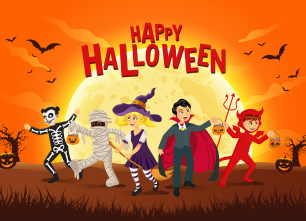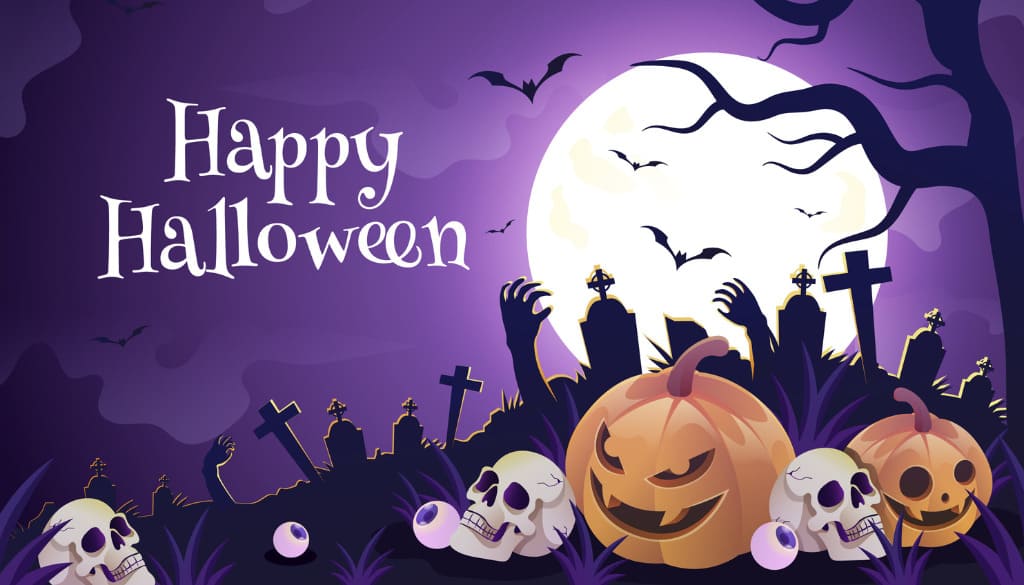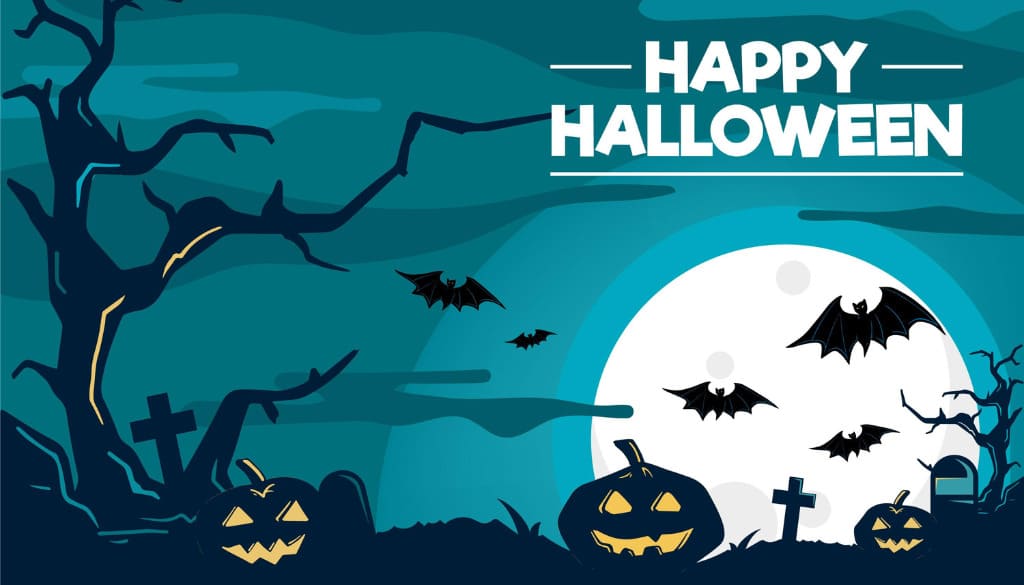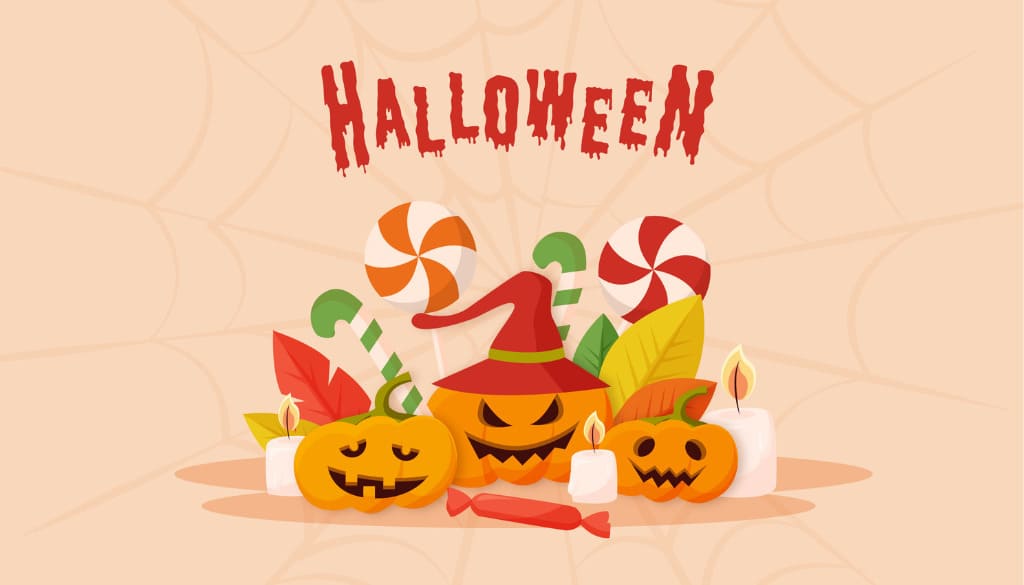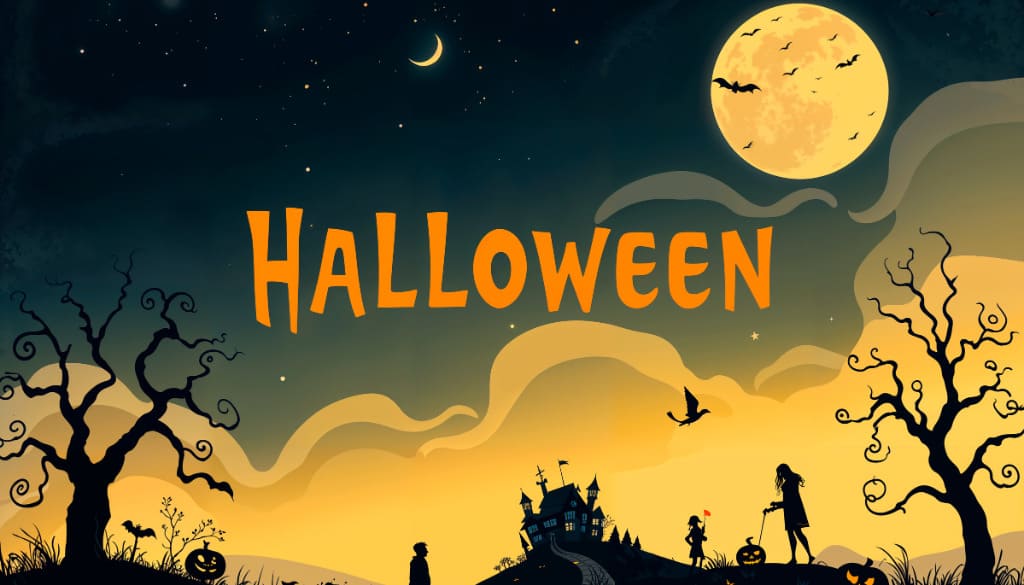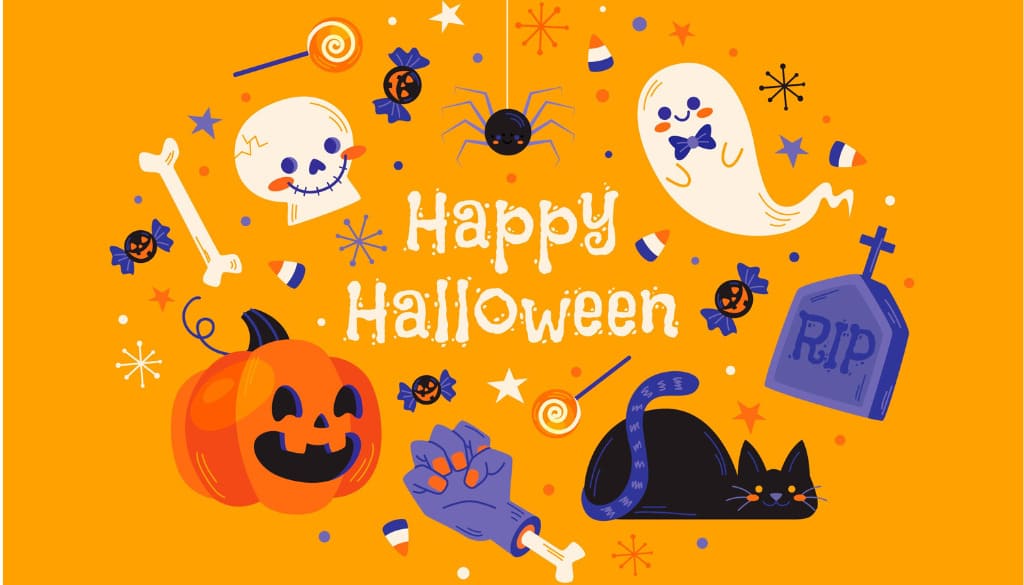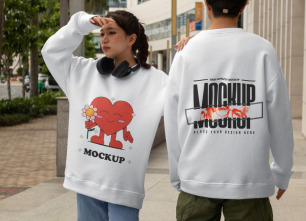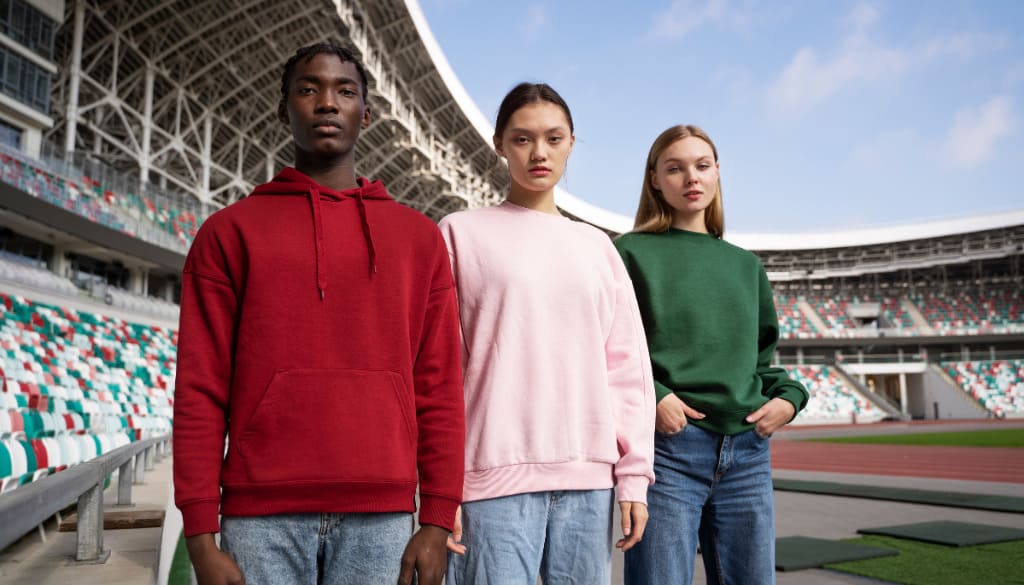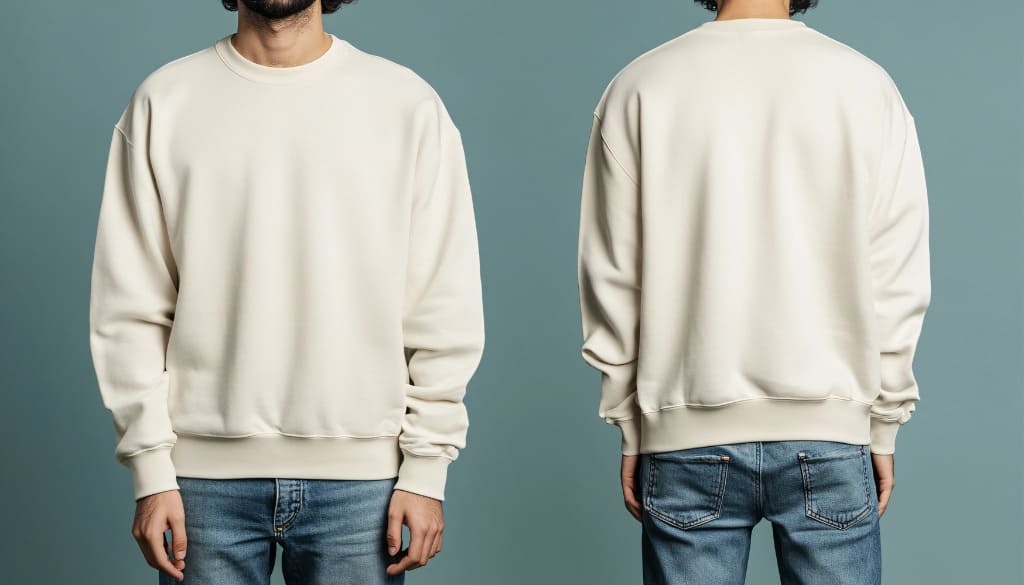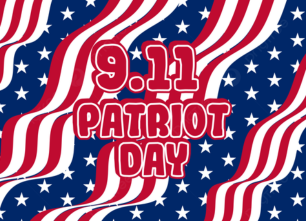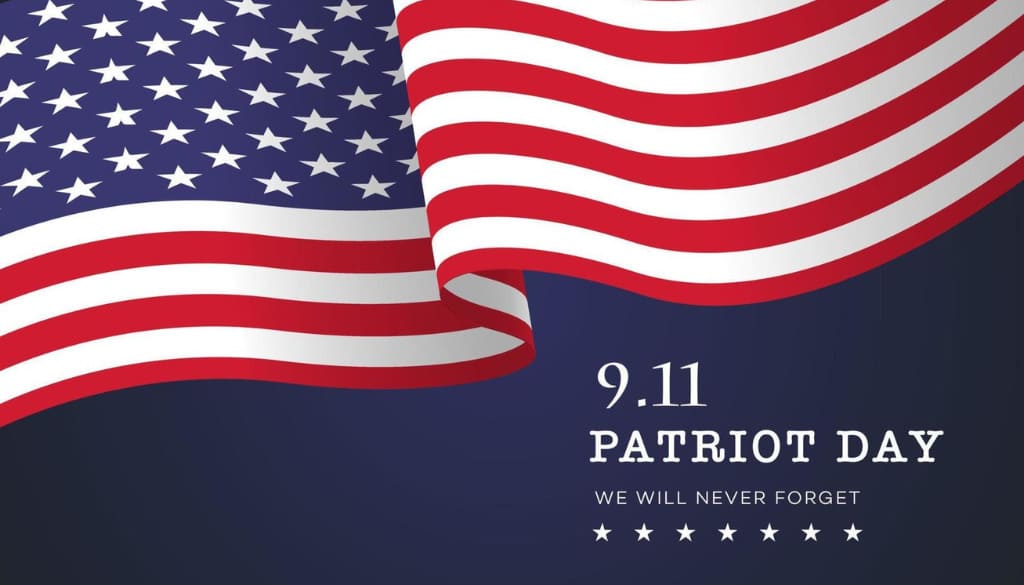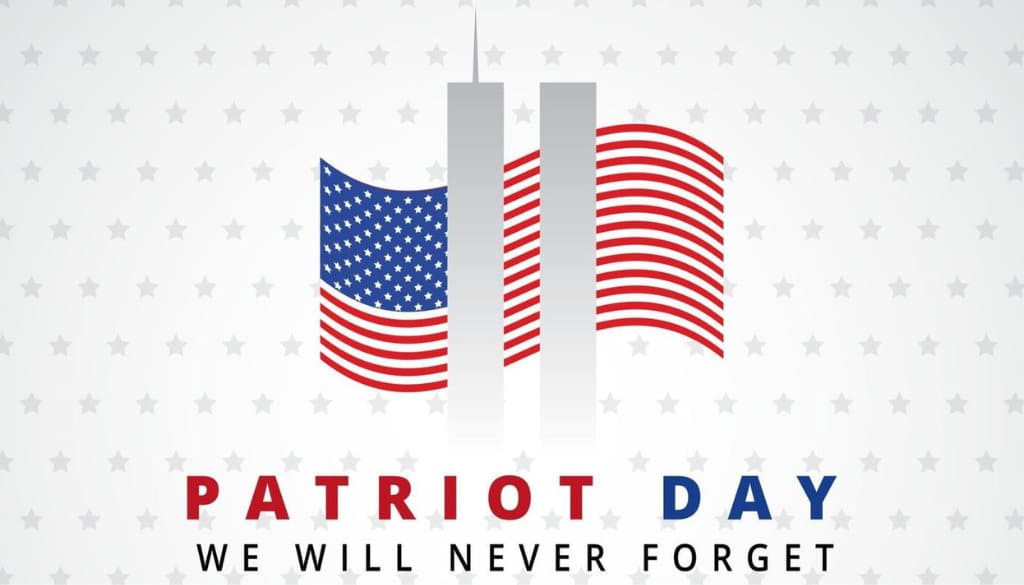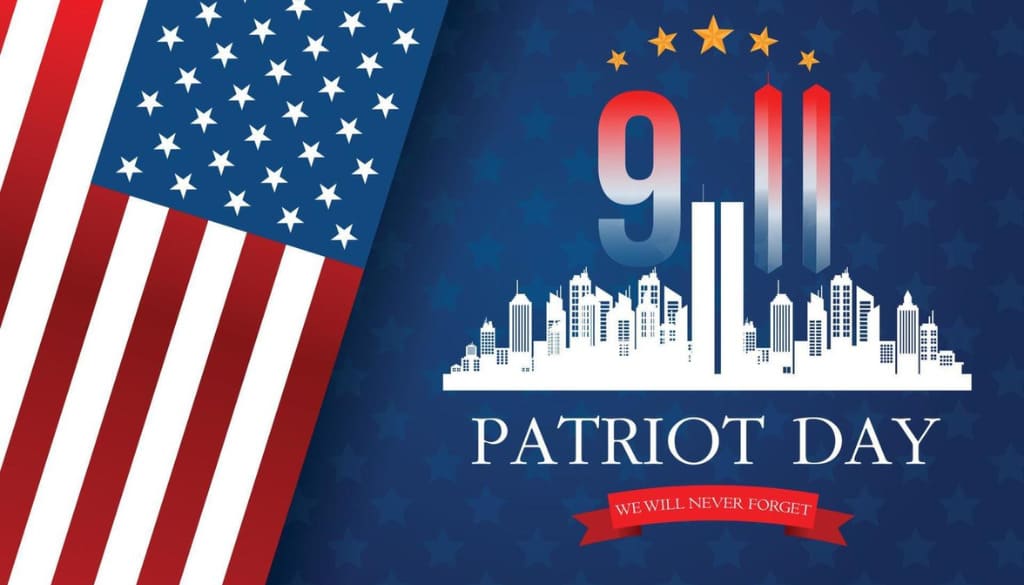In Print on Demand (POD) business, generating a high number of daily orders does not necessarily guarantee optimal profit. To maximize both revenue and profit, sellers need to focus not only on order volume but also on the Average Order Value (AOV). This is a crucial metric that can determine the long-term sustainability and competitiveness of a shop. This article will help you understand what AOV in marketing is, why it’s important, how to differentiate AOV from ROI and Conversion Rate, and strategies to optimize AOV for strong growth in your POD business.
What is AOV in Marketing?
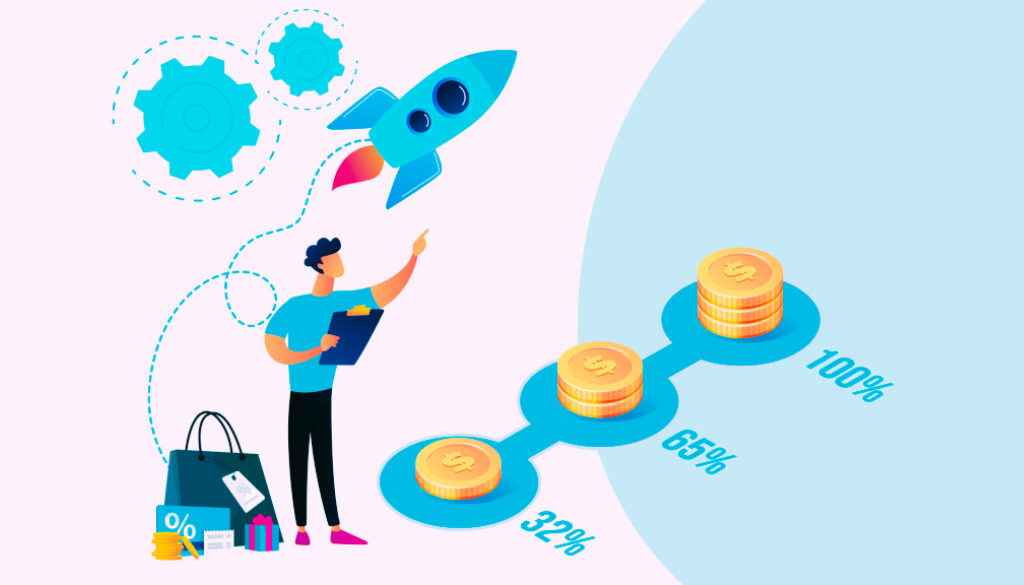
AOV (Average Order Value) is a metric that represents the average amount each customer spends per order at your store or on your website. It is calculated using the following basic formula:
AOV = Total Revenue / Total Number of Orders
Simple example:
- This month, your POD shop generated a total revenue of $50,000
- Total number of orders: 1,000 orders
So: AOV = 50,000 / 1,000 = 50 USD
This means that, on average, each customer spends $50 per purchase.
What Does AOV Reflect?
AOV is more than just a number it’s a key indicator that reflects several aspects of your business:
- Business Health: A high AOV indicates that your customers tend to purchase more products or higher-value items. This is a positive sign of your store’s financial health.
- Strategy Effectiveness: AOV helps you evaluate the performance of your marketing and sales strategies.
Example: If you launch a “Buy 2, Get 1 Free” promotion and notice an increase in AOV, it shows that the strategy is working effectively. - Customer Behavior: AOV provides valuable insights into customer spending habits. You can analyze AOV by audience segments or specific marketing campaigns to better understand their shopping behavior.
Why Is AOV Important in Marketing?
Many POD sellers focus solely on increasing their Conversion Rate (CR) or attracting new customers, while forgetting a simple truth: selling more to existing customers is always easier and more cost-effective than acquiring new ones.
Here are the top four reasons why AOV is critical for the sustainable growth of your POD business:
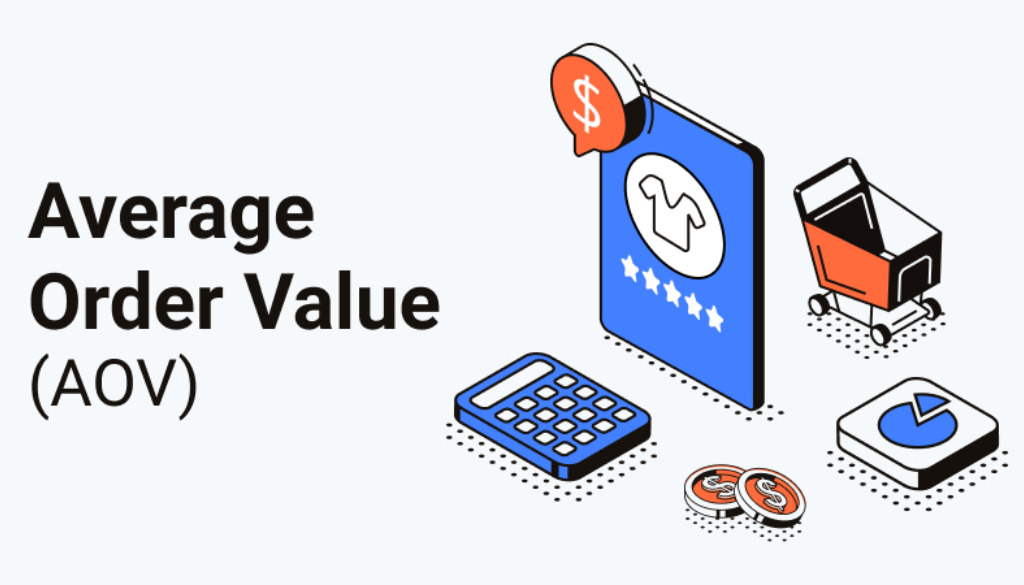
1. Maximize Profit Without Increasing Order Volume
A common mistake many new POD sellers make is focusing only on increasing the number of orders. They believe that more orders automatically lead to higher revenue. However, if the value of each order is too low, you’ll have to work two or three times harder to achieve the same revenue target. This not only puts immense pressure on your fulfillment process but also drives advertising costs through the roof.
By optimizing and increasing your AOV, you’re taking a smarter approach. Your profit grows immediately without spending extra money to acquire new customers.
Example:
- Scenario 1:
Your current AOV is $25.
To reach a revenue goal of $50,000, you need 2,000 orders.
This means you must allocate a large budget for ads and handle a massive workload to fulfill 2,000 orders. - Scenario 2:
After applying optimization strategies, your AOV increases to $35.
With the same revenue goal of $50,000, you only need 1,428 orders.
The difference is clear: With just a small boost in AOV, you reduce your order volume by nearly 30%, significantly cutting down on advertising and labor costs while increasing your net profit per product.
2. Enhancing Advertising Efficiency (ROAS)
For POD sellers, advertising costs (such as Facebook Ads, Google Ads, TikTok Ads, etc.) often make up a large portion of the budget. If your AOV is low, the advertising cost per order will be very high, leading to thin profit margins or even losses.
When AOV increases, ROAS (Return on Ad Spend) improves significantly. A higher ROAS means every dollar spent on ads generates more revenue. This gives you additional budget to reinvest in marketing, expand your pool of potential customers, and safely test new advertising channels.
In short, a higher AOV provides a solid financial cushion that allows you to scale your business without the constant worry of running out of budget.
3. Improving Customer Experience and Value
A higher AOV is often tied to smart strategies such as upselling (encouraging customers to purchase a higher-end product) and cross-selling (suggesting related or complementary products). These approaches not only increase your profits but also give customers more options, helping them find products that better suit their needs and preferences.
For example, instead of just buying a single t-shirt, customers might be offered a premium hoodie with better material or a bundle that includes both a t-shirt and a matching hat.
When customers feel they are getting greater value for the money they spend, their satisfaction increases. This strengthens long-term relationships, turning one-time buyers into loyal customers, which ultimately boosts LTV (Lifetime Value) — the total revenue a customer generates throughout their relationship with your brand.
4. Creating a Competitive Advantage
In the fiercely competitive POD market, sellers with a high AOV gain a significant edge over their competitors. While others are forced to “burn cash” to maintain sales with a low AOV, you can:
- Lower advertising costs: Spend less on each conversion while still maintaining healthy profit margins, making it easier to stay competitive in aggressive pricing battles.
- Invest in growth: Higher profits from a strong AOV give you the resources to invest in crucial areas such as unique product designs, improving customer service quality, and optimizing fulfillment processes.
- Scale with ease: Expand your product catalog, target new niche markets, and grow your brand without relying solely on increasing traffic.
The Difference Between AOV, ROI, and Conversion Rate

Many sellers often confuse AOV with other key metrics. Below is a clear breakdown of the differences:
|
Metric |
Definition |
Formula |
Meaning in POD |
|
AOV (Average Order Value) |
The average value of each order |
Total Revenue / Total Orders |
Determines the average spending per customer |
|
Conversion Rate (CR) |
The percentage of visitors who make a purchase |
(Total Orders / Total Visitors) x 100% |
Measures the effectiveness of a website or campaign |
|
ROI (Return on Investment) |
The marketing return on investment |
(Revenue – Costs) / Costs x 100% |
Evaluates the profitability of marketing campaigns |
Key Takeaways:
- AOV: Focuses on the value of each order.
- CR: Focuses on the number of customers who make purchases.
- ROI: Focuses on overall profitability.
A successful marketing strategy should integrate all three metrics, but AOV serves as the foundation for improving both CR and ROI.
How to Optimize AOV in Marketing
Here are some effective strategies POD sellers can apply to increase AOV:

1. Upsell – Encourage Product Upgrades
Upselling is a strategy that persuades customers to purchase a more premium, higher-priced version of the product they are currently viewing.
How to apply upselling in POD:
- Upgrade materials: If a customer selects a basic cotton t-shirt, suggest a 100% organic cotton shirt or a hoodie made with thicker, higher-quality fabric.
- Add special features: Offer additional options such as reflective printing, premium screen printing, or unique design elements that enhance the product’s value.
- Provide clear comparisons: Display a comparison chart between Product A (lower price) and Product B (higher price), highlighting the superior benefits of the premium option.
2. Cross-sell – Suggest Complementary Products
Cross-selling is the strategy of recommending additional, related products that complement what the customer is currently viewing or has added to their cart.
How to apply cross-selling in POD:
- “Frequently Bought Together” section:
On the product page, showcase a section like “Frequently Bought Together” or “Complete the Collection.”
Example: When a customer is viewing a t-shirt, suggest a matching hat, mug, or tote bag with the same design theme. - Cart page recommendations:
Before checkout, display related products directly in the shopping cart.
This is a prime opportunity to encourage additional purchases, as the customer has already shown intent to buy.
3. Bundle/Package Deals – Creating Product Bundles
Creating product bundles is an effective strategy to encourage customers to purchase more items at a discounted price.
How to apply this strategy in POD:
- Couple Combos: Offer appealing combos like “Couple T-shirt Set” or “Couple Mug Set” at a lower price than buying each item individually.
- Complete Collection Bundles: For example, create an “Anime Collection” that includes a t-shirt, hoodie, mug, and poster, sold at a total price lower than the sum of the individual products.
- Volume Discounts: Run promotions like “Buy 2 – Get 10% Off” or “Buy 3 – Get 15% Off.” This not only increases AOV but also encourages group purchases among friends and family.
4. Free Shipping Threshold
This is one of the most common and effective strategies. You set a minimum order value that customers must reach to qualify for free shipping.
How to apply this strategy in POD:
- Calculate an appropriate threshold: Determine your current AOV and set the free shipping threshold slightly higher.
Example: If your AOV is 200,000 VND, set the free shipping threshold at 250,000 VND. - Clear communication: Display a prominent notification bar on your website or cart page, such as:
“You’re only X VND away from free shipping!” - This motivates customers to add another small item to their cart to reach the threshold.
5. Loyalty Programs and Special Promotions
Loyalty programs and seasonal promotions can motivate customers to spend more per order.
How to apply this strategy in POD:
- Points-based reward programs: Each time a customer makes a purchase, they earn points. These points can be redeemed for free products or discount vouchers for future purchases.
- Seasonal promotions: Create special deals for events like “10.10 Shopping Day” or “Black Friday” with deep discounts for bulk purchases.
- Free gifts with purchase: Example: “Get a free exclusive POD keychain with orders over 500,000 VND.”
Even a small freebie can strongly motivate customers to increase their order value and complete their purchase.
When Should You Focus on Optimizing AOV?

Not every situation requires sellers to prioritize AOV optimization. However, there are specific cases where you should focus on increasing AOV immediately:
1. When Advertising Costs Rise Sharply
In today’s highly competitive landscape, advertising costs (CPA – Cost Per Acquisition) tend to increase significantly, especially on platforms like Facebook Ads, TikTok Ads, or Google Ads.
If your CPA rises while revenue and profit remain stagnant, it’s a clear sign that you need to increase AOV to balance out costs.
Example:
- The cost to acquire a single order: $10
- Current AOV: $20
After deducting production and fulfillment costs, your remaining profit is minimal — or even negative.
By raising AOV to $30–$40, you can improve profit margins and maintain ad performance without cutting back on your marketing budget.
2. When Conversion Rate is Stable but Revenue is Low
Conversion Rate (CR) measures how effectively your website or online store turns visitors into paying customers.
If your CR is already optimized but revenue still falls short of expectations, the issue may lie in a low AOV.
This means while the number of customers remains steady, the order value is too low to drive significant revenue growth.
In this scenario, increasing AOV becomes the next key to scaling your business.
Suggested strategies:
- Implement upselling to encourage customers to choose higher-end products.
- Apply cross-selling by recommending related or complementary products.
- Offer bundle deals to motivate customers to purchase more items in a single order.
3. When Expanding Into New Markets
To grow your business and reach new customer segments, you need a strong financial foundation.
A high AOV provides the resources you need to reinvest in:
- Expanding marketing channels: Run multi-platform ad campaigns and increase your brand’s visibility.
- Product development: Experiment with unique designs or premium product lines.
- Brand building: Launch large-scale branding campaigns to strengthen market presence.
Shops with higher AOV can maintain stable ad spend, helping them capture more market share and elevate their position in the competitive POD landscape.
4. During Sales Seasons or Holiday Events
Major shopping events like Black Friday, Cyber Monday, Christmas, Independence Day, or seasonal sales are times when customers are willing to spend more than usual.
This creates a golden opportunity for sellers to:
- Promote product bundles at attractive prices.
- Upsell and cross-sell aggressively to increase cart value.
- Set higher free-shipping thresholds to encourage customers to add extra items to meet the requirement.
If sellers fail to take advantage of this period, they could miss out on a huge revenue opportunity that only happens within a few short days.
AOV (Average Order Value) is more than just a number, it’s a strategic metric that determines the growth and competitiveness of a POD shop.
By fully understanding AOV and applying the right optimization strategies — such as upselling, cross-selling, and product bundling, sellers can achieve sustainable revenue growth, reduce advertising costs, and deliver an exceptional customer experience.
In today’s highly competitive POD market, optimizing AOV is no longer optional, it’s essential. Start today, so every order not only brings profit but also opens the door to long-term growth and brand success.
See more articles:

